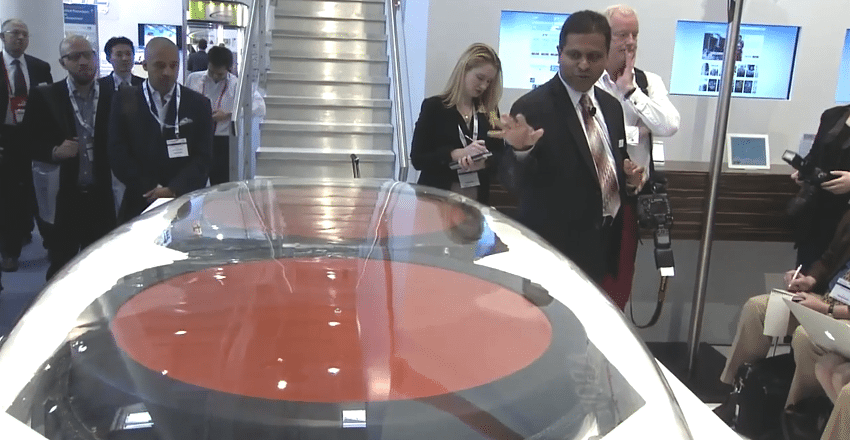Skift Take
We're looking forward to seeing how the various airlines price the newer, faster Wi-Fi.
The skies just got faster and the competition for Wi-Fi in the sky just got hotter: Gogo’s long-anticipated 2KU Satellite/Air-to-Ground Wi-Fi service has cleared its final hurdle, gaining Special Type Certificate approval from the FAA.
Gogo expects its 2Ku service to deliver peak speeds of more than 70 Mbps to the aircraft. That is more than 20 times the bandwidth of Gogo’s first generation air-to-ground solution.
The speed and corresponding bandwidth of Gogo’s 2KU service is supported by a sophisticated antenna which Gogo developed and debuted with much fanfare at the Aircraft Interiors Expo in Hamburg last year. Because these high-tech antennae are not standard equipment, the company had to provide technical substantiation to the FAA that installing these new antennae would not negatively impact the performance of certified aircraft.
Many parts installed on aircraft, especially newer product innovations, are beyond the scope of the original aircraft design, and do not fit the testing parameters of existing regulations. After a heavy burden of proof, manufacturers can obtain an exception from standard build called Special Type Certificate which allows the special equipment to fly.
“This is a significant milestone for Gogo and a seminal event for in-flight Internet,” says Gogo’s chief technology officer, Anand Chari. “We believe this will be the best performing technology for the global commercial aviation market bar none. Clearing this regulatory hurdle brings us one step closer to enabling our airline partners and their passengers to enjoy the future of in-flight Internet.”
The competition to bring extend the web to the skies is heated, with a number of industry leaders introducing higher-speeds, higher bandwidths and new satellite or hybrid services. All the activity currently underway promises to take inflight Wi-Fi from scarce commodity to universally available service.
Though some airlines are holding out until they can find a business case that justifies the costs of installing antenna and carrying the service, others are already testing ways to turn connectivity into revenue. Suppliers, including Gogo, are also making the case in favor of connectivity as critical operational asset.
Seven commercial airlines have already committed to either conduct trials or to deploy Gogo’s 2Ku service in their fleet. In all, more than 500 commercial aircraft are slotted for 2KU antenna installations. Gogo expects to launch commercial service later this year, and that rapid installation of the backlog of 500 aircraft will begin in 2016.
The Daily Newsletter
Our daily coverage of the global travel industry. Written by editors and analysts from across Skift’s brands.
Have a confidential tip for Skift? Get in touch
Photo credit: Gogo's CTO Anand Chari and the 2Ku antennae. Gogo
